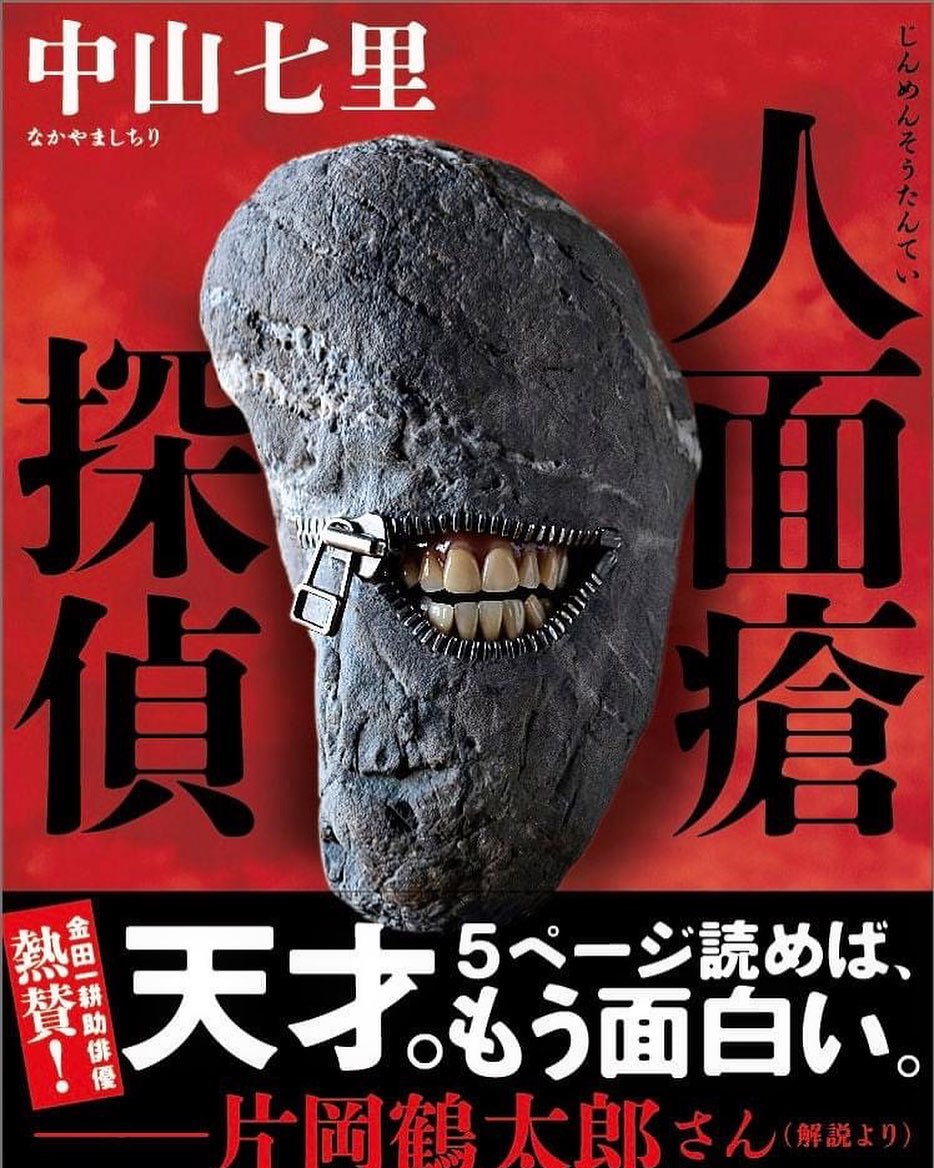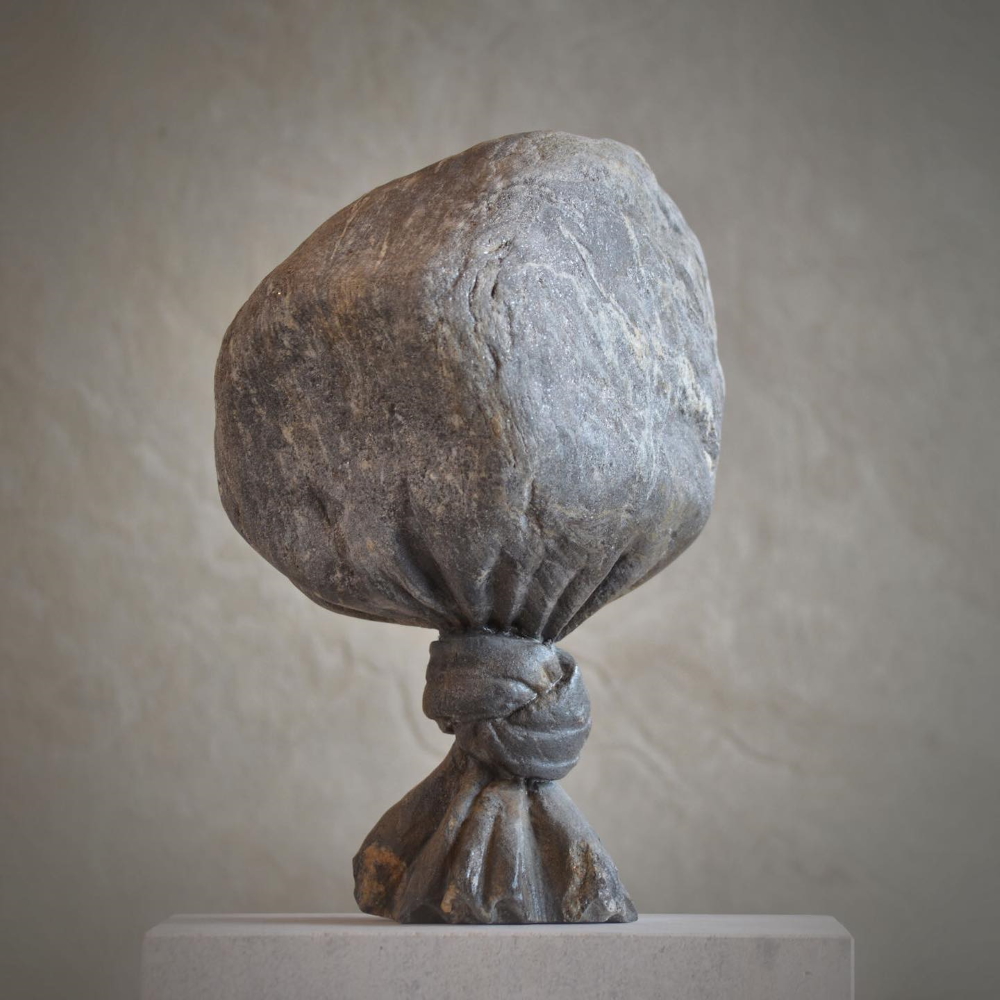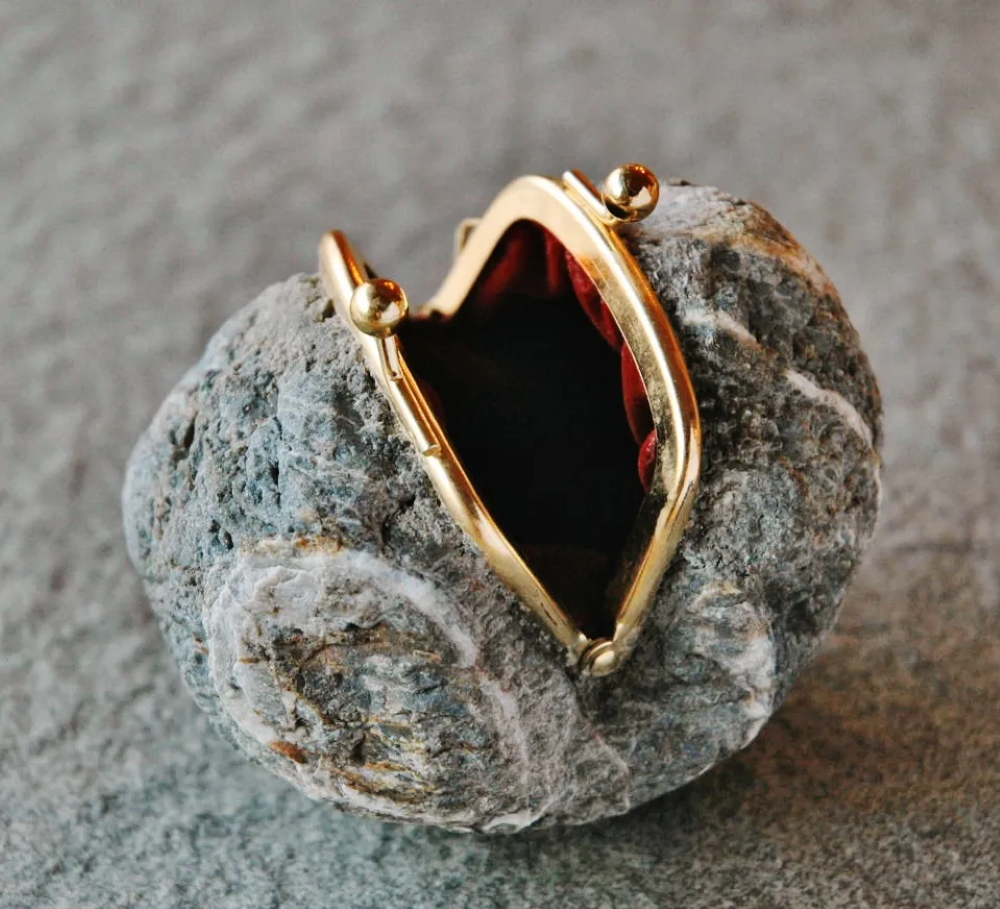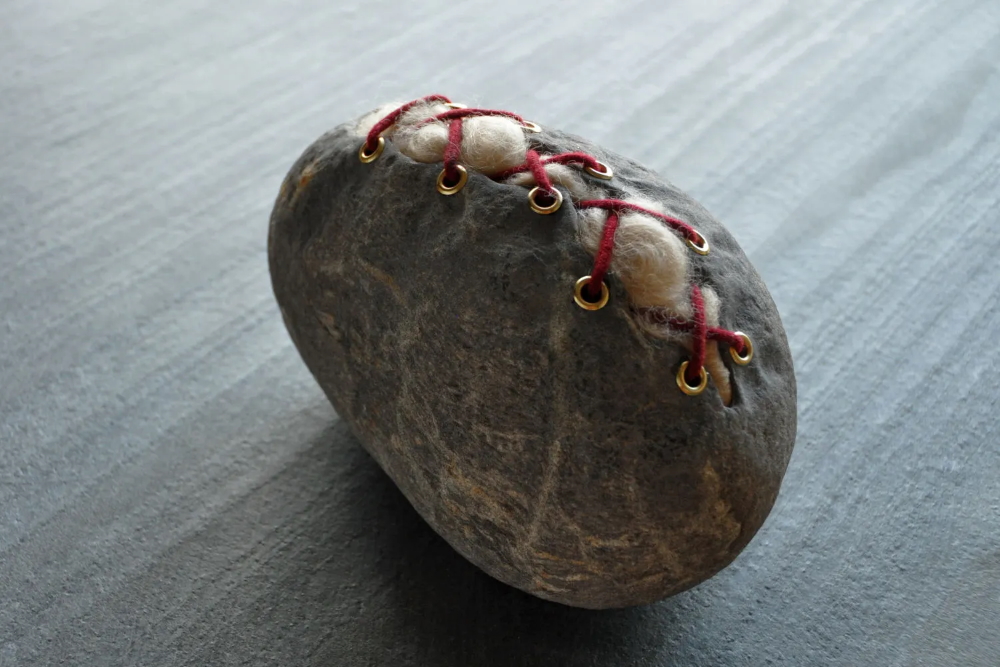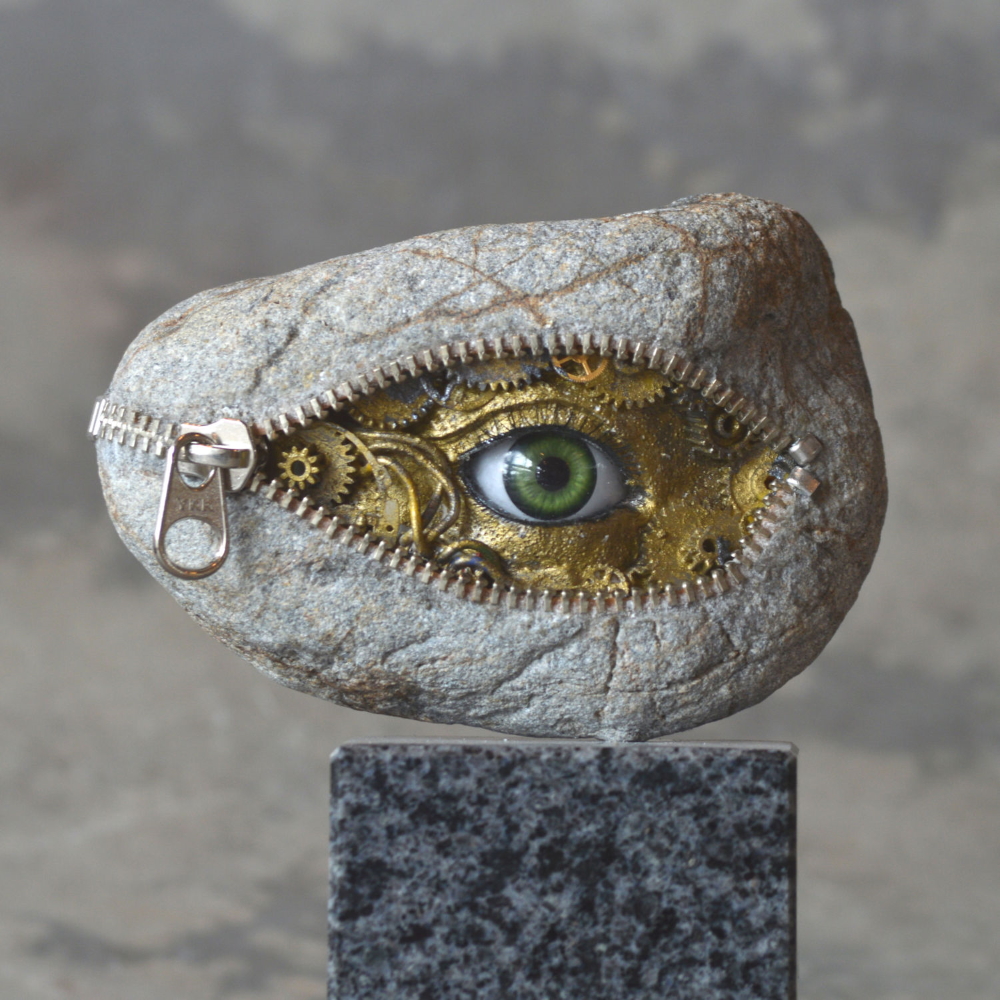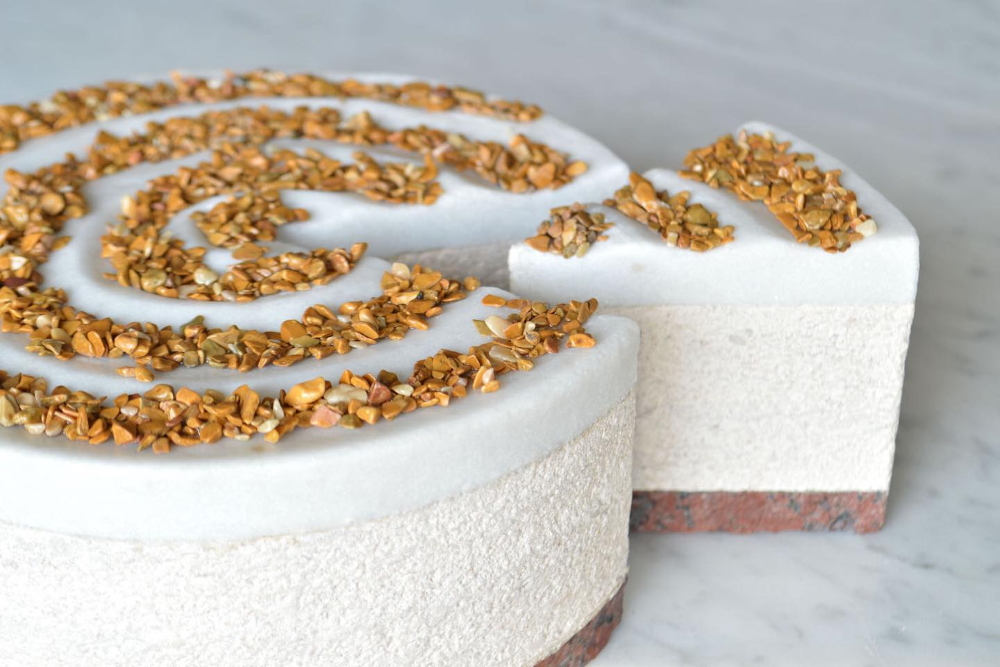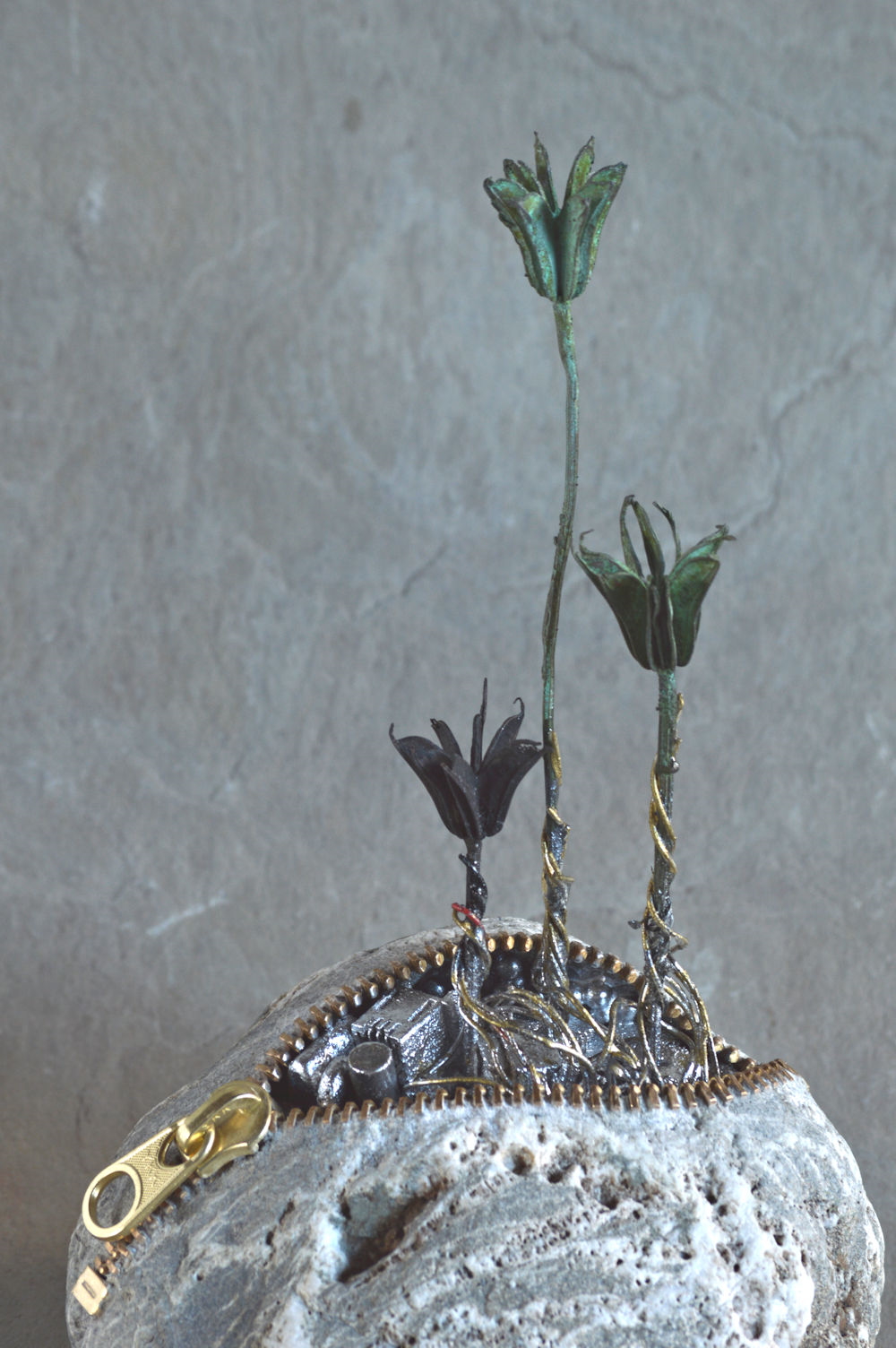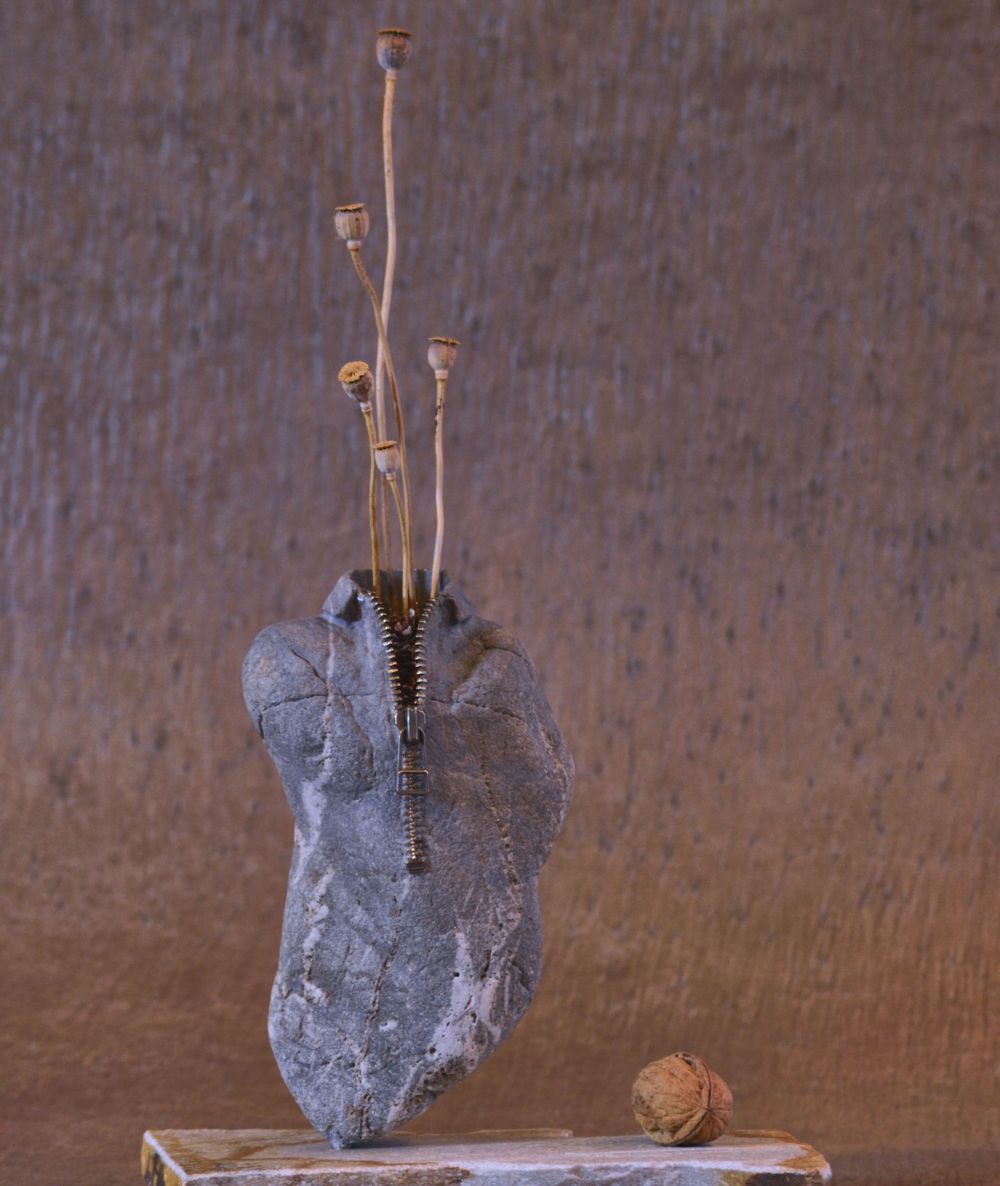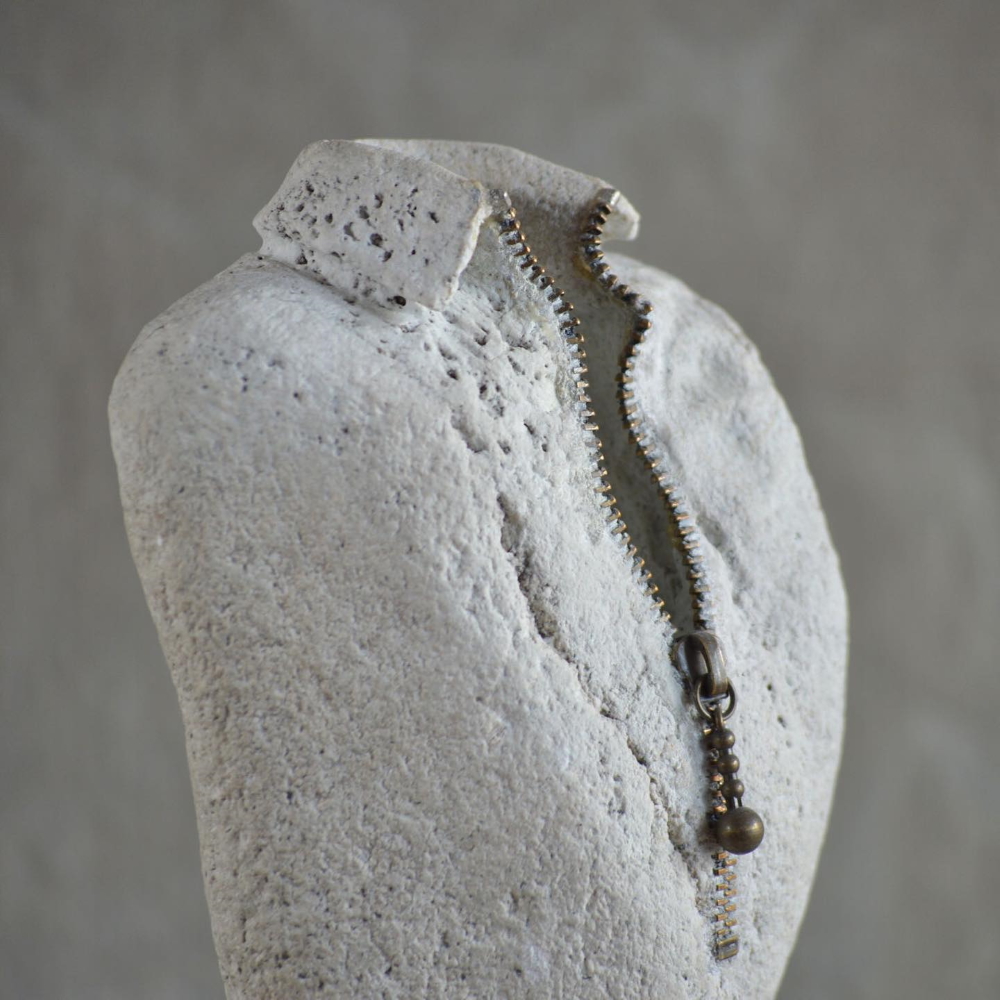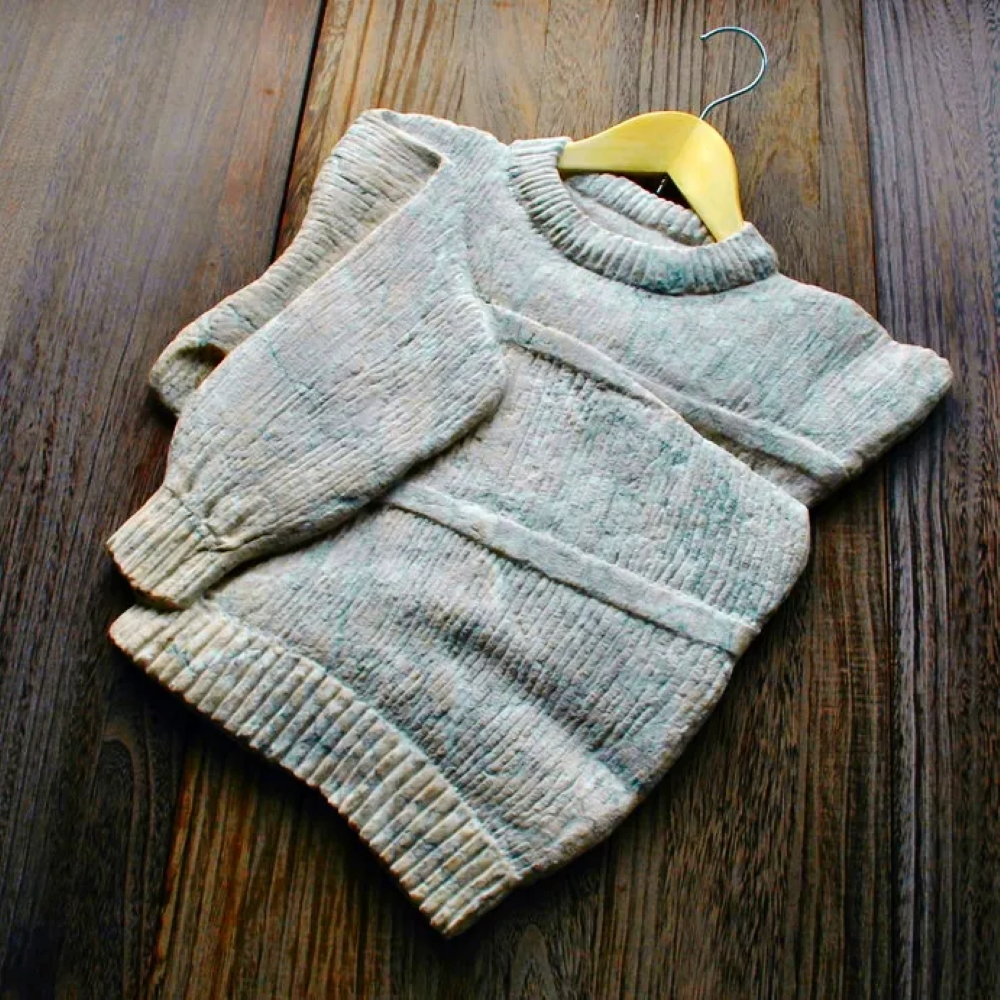Hirotoshi Ito
sculptor
Japan
Larger pebbles have a mouth, smile and show their teeth at the same time. An absurd idea, you think? Surely not because some humanised items by this Japanese sculptor prove the opposite and show themselves in exactly that way. And how about the stone with the knot? More realistic, but not less unusual: rocks with zippers (his trademark), opened like a purse or filled with fragile miniature shells like a soft pouch. Aren’t stones solid as well as hard and unmalleable? But here they appear completely subverted: flexible and smooth. An illusion that has become reality!-
Hirotoshi Ito
sculptor
Japan
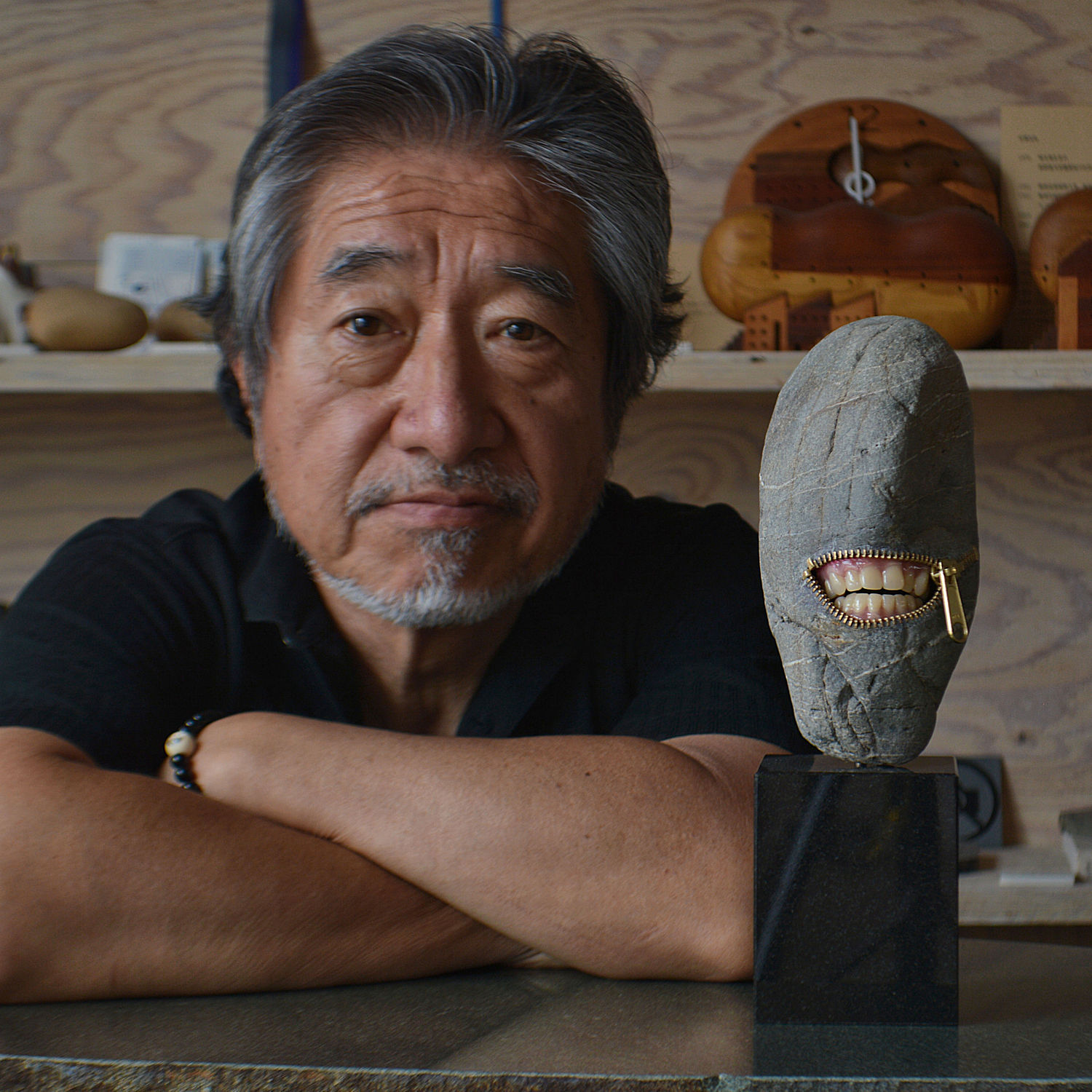
Behind the so-called real world there is another one hidden - the one where imagination reigns and nothing is impossible. Famous examples of secrets as such are the fulcrum of books like "The Wizard of Oz", "The Neverending Story", "Harry Potter" or movies like „Matrix“, „Inception“ and „Tenet“. But here we’re not talking fairy tales, fantasy or sience fiction, but the present where surreal objects that otherwise only appear in dreams or nightmares actually become real in the here and now. This is when an artist creates something that cannot exist according to conventional understanding and solid consciousness, but nevertheless does and is tangible even.
Welcome to the world of Hirotoshi Itoh aka Jiyuseki. Being born in 1958, he studied Art at the National Fine Arts University in Japan’s capital. Coming from a family that has been involved in stone sculpting since 1879 Jiyuseki was supposed to take over the business, but entered the Metal Work Department of Tokyo’s university instead. Nevertheless he is now running the family masonry company which crafts tombstones, memorials as well as religious statuary. Besides Itosan wanted to promote the value of stones as an art medium and has reached his goal by becoming famous internationally for his unique, curious and mind-bending stone sculptures. These can be split into two categories: The hyperrealistic ones that are carved from marble or granite and show either a shirt, a scarve or a loaf of bread with a stuck in knife just about slicing a piece off; and then there are the phantasmagorical objects made from stones he collects along the Azusa‘s riverbank near his home in Matsumoto/Nagano. With surgical precision “Ito chisels tiny caverns that he lines with clasps or simple fasteners. He then tucks miniature objects like teeth, a collection of seashells, and futuristic scenes into those pockets, creating intriguingly deceptive scenarios in the span of a few inches“ (thisiscolossal.com).
By transforming the solid stones into forms that appear the opposite to the familiar, he lifts the veil a little into another dimension and shows the „true“ nature of objects - here the secret life of rocks. In his objects surrealism meets realism. About his art that is influenced by René Magritte and Salvador Dali, the sculptor says: „Most of my work consits of optimizing a stone’s original shape, but a smile on the beholder’s face is the main motivation for my work!“
Hirotoshi Ito works and lives in Matsumoto.
Interview July 2022
Playing games with the viewer’s perception: a stone is a stone is a stone – or maybe not?
INTUITION/IMAGINATION
How does intuition present itself to you – in form of a suspicious impression, a spontaneous visualisation or whatever - maybe in dreams?
Usually, shapes of stones give me the intuition. I find my own stories from the shape as well as the patterns or damaged parts of the stones.
Will any ideas be written down immediately and archived?
Not immediately, but I keep the words (text) and images in data.
Are great ideas based on intuition and do they reveal themselves in a kind of clear as well complete version that just has to be realized? Or is it endless trials and errors (after the first spark) that result in constant developments up until the final result?
Even though the image I have is clear, I still have a trial and error in the early stage, because I use natural stones that are all one of a kind. Once I start working, I don’t hesitate to move forward to completion.
What if there is a deadline, but no intuition? Does the first fuel the latter maybe?
For me, my brain works better when there is some kind of themes or deadline.
INSPIRATION
What inspires you and how do you stimulate this special form of imaginativeness?
I am often inspired by letters or sounds of words, and explore if I can reflect them into my artwork. Japanese language is very rich in onomatopoeia, so I apply the interesting sounds to stones. For example, imagine the sounds of cutting food, and I try to create the piece that makes that sound. Then, a stone sculpture that looks soft and delicious is created.
How do you separate the good from the bad and which ideas are worthwhile to be explored further or whether one idea has the potential of being outstanding really?
I believe that the criterion for good or bad work is whether it is self-indulgent or not.
In terms of form, I pay attention to the balance of volume as a three-dimensional object. I also think that the good techniques improve the quality of artwork, so I always keep that in my mind.
Has it to appeal to you primarily or is its commercial potential an essential factor?
I don’t consider the commercial potential not that much.
Do you revisit old ideas or check what colleagues/competitors are up to at times?
Several old pieces are always within my sight and I review them daily. I am not really interested in other artist’s works.
CREATIVITY
Which time/place/environment suits your creative work process the best (tranquillity or pressure) and which path do you take from theory/idea to creation?
When I create the pieces that utilize natural forms of stones, I go to a riverbank to look for stones as materials, and look at them as if I were having a long conversation with them. I already have certain images in my mind when I go to the riverside, so pick several stones that fit my imaginations or ideas.
I look at the stones again at the studio, and carefully begin to carve it down so that it is as I envisioned.
I live in a mid-size city called Matsumoto that is surrounded by high mountains. I have been working in this city for nearly 40 years. Of course, I love my city and many stones from ancient times run down to the river from the mountains. There is no better place to find materials.
What is better in the realization process: speed and force creativity i.e. grasp the magic of the moment, or a slow, ripening process for implementation/elaboration?
I believe that freshness and dynamism can only be achieved through both speed and elaboration. For three-dimensional works, speed (techniques) that seems to capture the magic moment is developed by oneself over a long period of experience. This is not a good or bad thing; it is the way of professionals.
If problems occur during creativity or one’s stuck even, how can these be solved?
Give up and discard. Then I think of a different way.
How important are self-doubt and criticism (by others) during such a process i.e. is it better to be creative on your own, only trust your own instincts, or in a team?
I don’t mind criticism about my work because I have been working alone for a long time, and I create with the expressions that only I can create.
Should a creative always remain true to him-/herself including taking risks & going against the flow or must one, for reasons of (commercial) survival, make concessions to the demands of the market, the wishes of clients and the audience’s expectations?
If I don’t want to, I tell them I can’t. However, if there is even a bit overlap with my idea, I am willing to exceed their expectations.
How is innovation still possible if one has established a distinctive style and, just in case, is it good to be ahead of one’s time even one hazards not being understood?
There is too long history in the art of using stone, and too many masters to compete in figurative art. I wanted to use the traditional Japanese cultural ‘MITATE’ and let the viewers find the pleasure of their original imagination in my works. Rather than being ahead of the times, a different style may be created by changing the perspective that capture the times.
Explanation of MITATA: https://myjms.mohe.gov.my/index.php/ajress/article/view/10693
When does the time come to end the creative process, to be content and set the final result free - or is it work-in-progress with an endless possibility of improvement?
I have been creating for nearly 40 years, and I think that all of my work, old and new, is important, and it all layers like mille-feuille to make me who I am today.
SUCCESS
Should/can one resist the temptation to recycle a ‘formula’ one’s successful with?
Praise and criticism in the past don’t mean much. We should turn regular themes into positive ideas of how it would be expressed now.
Is it desirable to create the ultimate/timeless work, but doesn’t “top of the ladder” bring up the question of “what’s next?” i.e. isn’t such a personal peak “the end”?
I have no idea what position I am standing in the world right now. The only thing that is clear is I am not at the top.
Hokusai, who died at the age of 90, said before he died, “If you give me another 10 years, or even 5 years of life, I could become a real artist.”
I too believe that there is no end.
MY FAVORITE WORK:
It is the series of works titled “How to Cook Delicious Stone”. This series represents the moment of cutting a stone with a knife. When I started my career as an artist while helping my family business, stone shop, I declared to the public, “I can handle stones as if I were cooking them” (hahaha).

